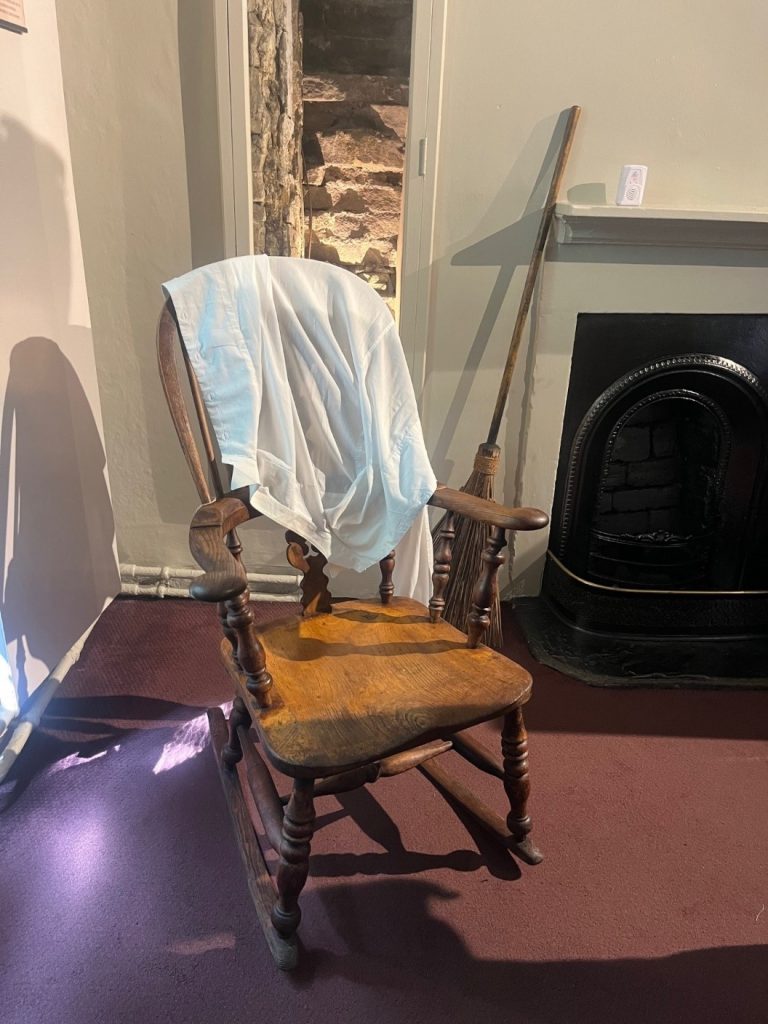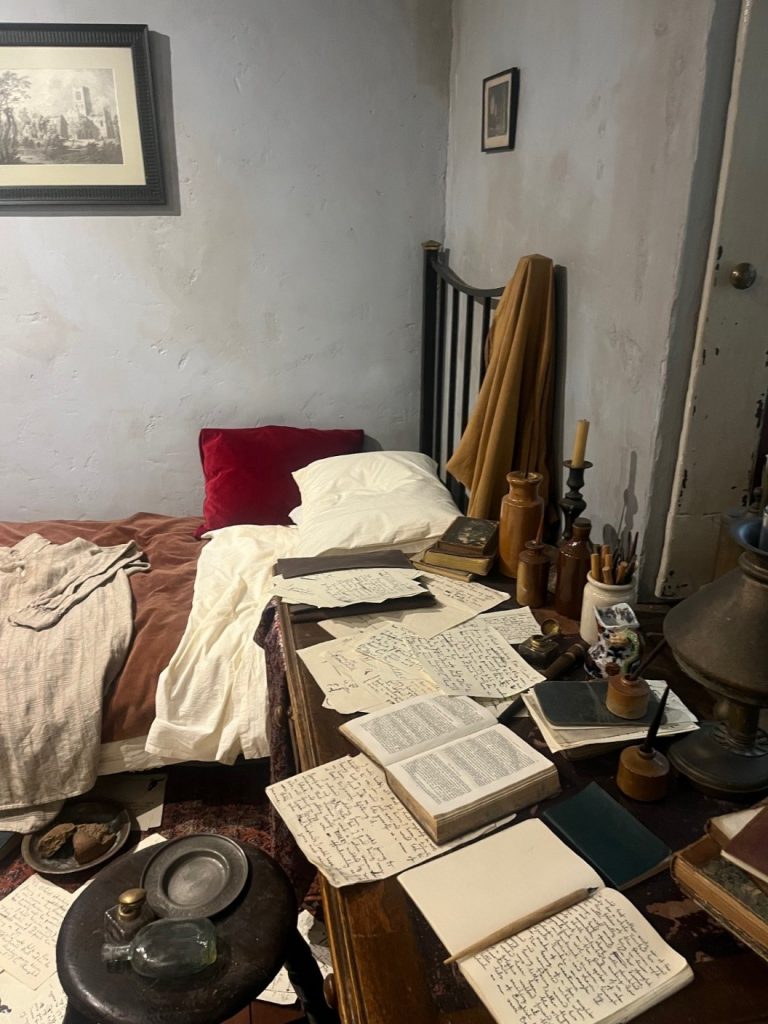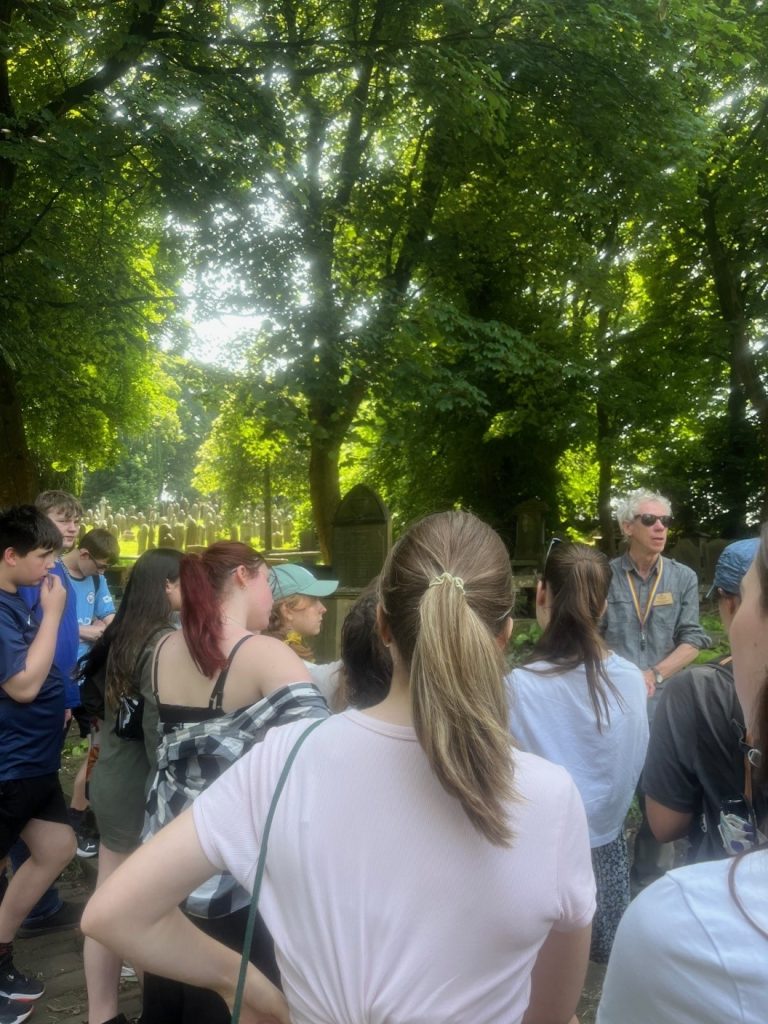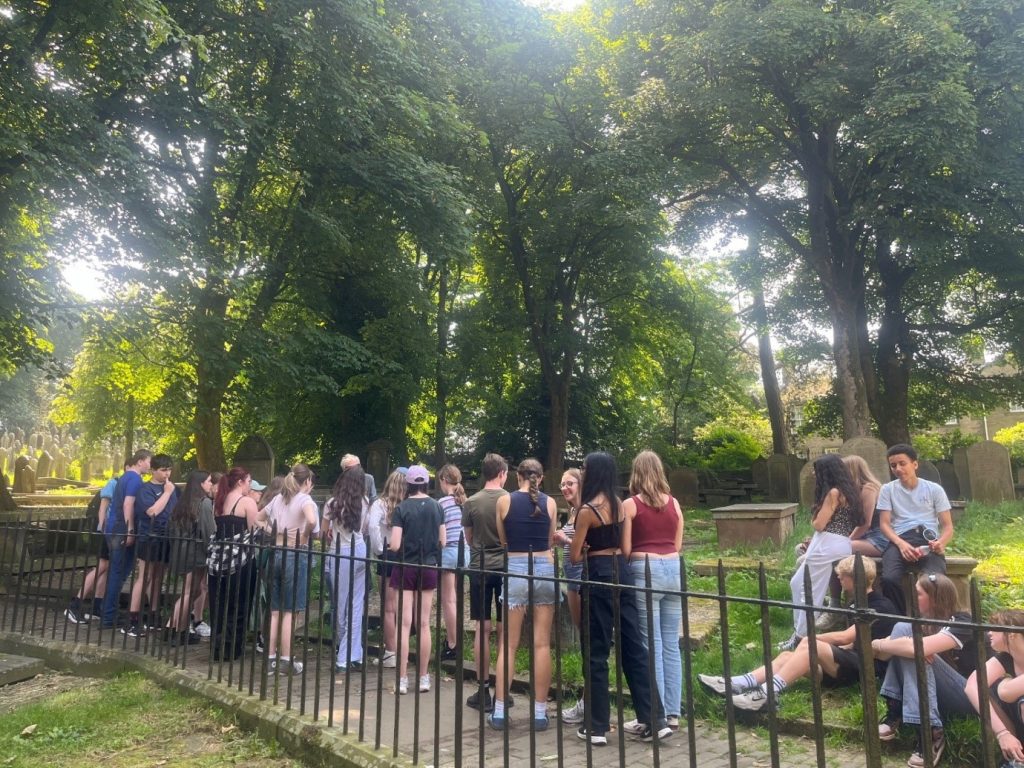English Reward Trip to Haworth – Wednesday 26th June 2024
This week the Pennine village where the famous Brontë sisters grew up was bathed in sun, and hosted 29 Wellington students, eager to learn more about the Bronte sisters, some of the most famous novelists in the world. It was a long drive from Timperley, but it was great to get up in the moors and begin to appreciate how such great novels were inspired by this amazing landscape.
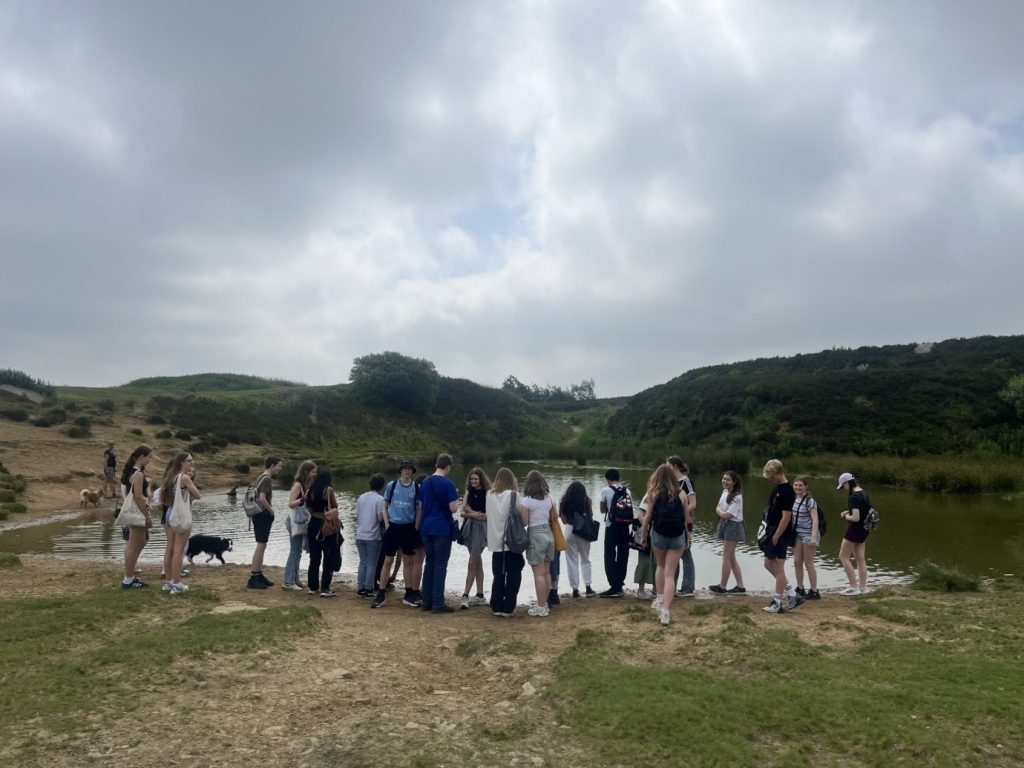
Mr Crooks, Mrs Thomson and I led an expedition up to the moor first, to bask in the sun on the banks of a hidden lake high above Haworth, before descending back to the village to visit the Brontë Parsonage Museum and learn all about these incredible sisters and their fascinating lives.
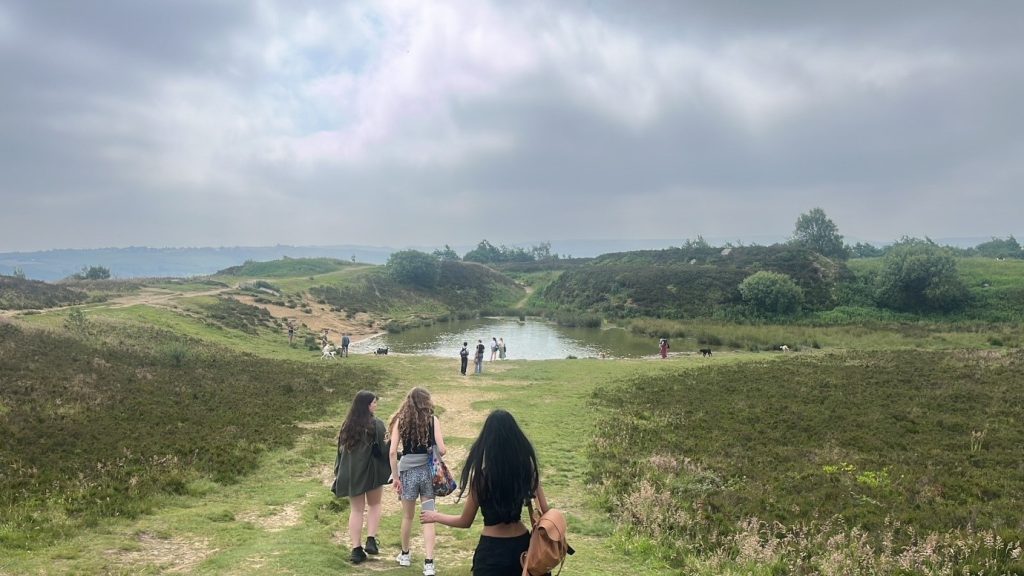
One hundred and eighty years ago, the Pennine village where the Brontë sisters grew up was a crowded industrial town, polluted, smelly and wretchedly unhygienic. How things have changed! Perched high up on the edge of Haworth Moor, Haworth is today a tourist hotspot, one of the prettiest villages in Yorkshire, and a draw for tourists from all over the world.
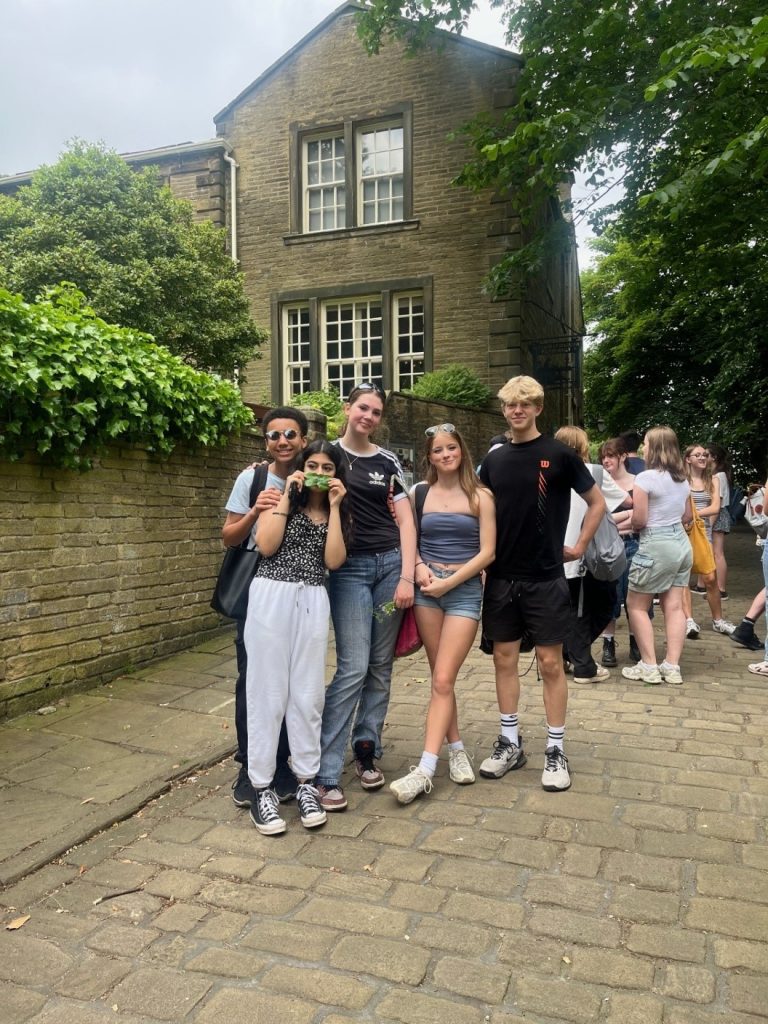
The Brontës are perhaps the world’s most famous literary family, and Haworth Parsonage, now the Brontë Parsonage Museum, was their home from 1820 to 1861. Charlotte, Emily and Anne Brontë were the authors of some of the best-loved books in the English language. Charlotte’s novel Jane Eyre (1847), Emily’s Wuthering Heights (1847), and Anne’s The Tenant of Wildfell Hall (1848), which we have been reading in school, were written in this house over a hundred and fifty years ago.
The Brontës, published under the pseudonyms of Currer, Ellis and Acton Bell, having to pretend they were men, and were un-acknowledged at the time. But when ‘Wuthering Heights’ was published in 1848 one reviewer wrote: ‘the reader is shocked, disgusted, almost sickened by details of cruelty, inhumanity, and the most diabolical hate and vengeance, and anon come passages of powerful testimony to the supreme power of love—even over demons in the human form.’ – one of the most astonishing reviews in English literary history.
How did three young sisters from ‘the middle of nowhere’, daughters of a country clergyman from Ireland, grow up to produce some of the most powerful and dramatic novels in the English language?
The museum is full of the smallest and most fabulous details of their lives, perhaps the highlight being the tiny books they wrote as children in minuscule script. After seeing the sights of the beautiful village, we had a creative writing workshop that allowed us all, even Mr Crooks and Mrs Thompson, to tap into our inner-Brontë: some great pieces of writing were produced, showing just how inspiration this special place can provide.
The students returned eager to learn more about the Brontës, as well as to read all of their novels, perhaps even to write more too.
Mr Ahern

